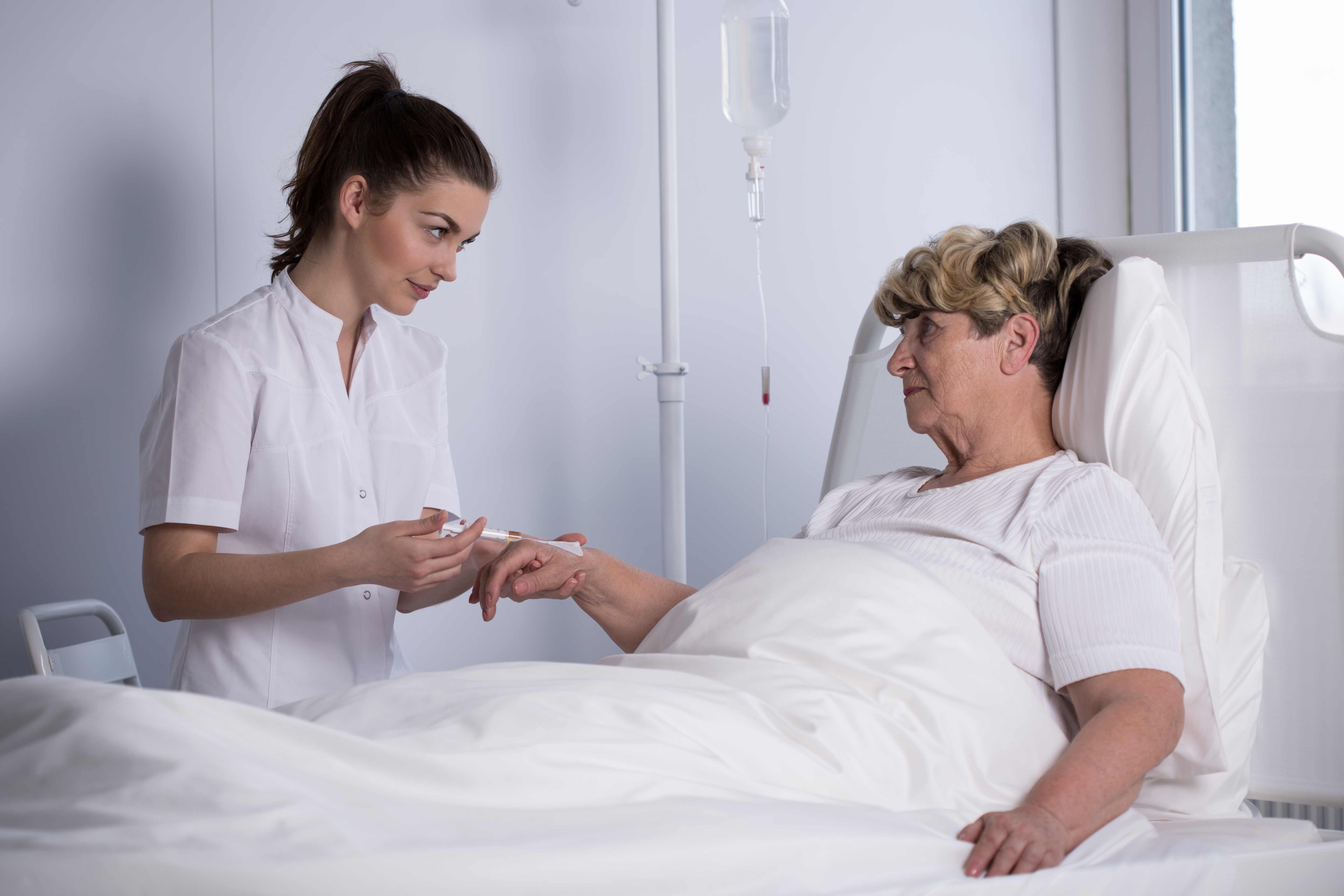
I participated in a Twitter chat Tuesday with the National Patient Safety Foundation (@theNPSF) about issues around patient safety. (Search for #PSAW17chat.) It is Patient Safety Awareness Week, so these conversations are especially vital now.
One of the goals of medical education and simulation is to provide the basis for patient safety and safe care. So to participate in the chat on social media was interesting because of the other participants, and the issues they emphasized.
For example, the Center for Disease Control and Prevention (CDC) emphasized preventing infections, proper medicine storage, and preserving the effectiveness of antibiotics.
Patient empowerment was a very important topic as well. Nursing and allied healthcare students should understand how to listen to patients, and what to do to help them avoid infections.

1. Listen. Patients want safe care, and they want to feel better. Listen to their concerns and questions, and work with doctors to help address them. In the classroom or sim lab, pay attention to when catheters are optional, and learn about keeping surgical sites infection free.
2. Wash your hands! This should go without saying, but sadly, hand hygiene can be neglected when we are busy. Learn proper washing techniques, where germs hide, and proper glove-donning techniques.
3. Learn the proper use of antibiotics, and be sure you know how to talk to patients about them.
4. Know the signs of infection. Redness, pain, and drainage at surgery and wound sites, plus a fever, indicate infection. Know what patients need to do next.
5. Be aware of the symptoms of C. diff, and how to help patients prevent it or address it with their doctors.
The Agency for Healthcare Research and Quality (AHRQ) advocated for patient empowerment and family engagement in primary care with four strategies: Teach-Back, Be Prepared to Be Engaged, Medication Management, and Warm Handoff.
Teaching these empowerment strategies is simply a matter of integrating them into simulation scenarios. Allowing patients to speak for themselves, and educating healthcare personnel to listen and respond appropriately, will increase safe care.
Follow Pocket Nurse on Twitter (@Pocket_Nurse), and subscribe to the blog for more discussions about simulation in medical education.






